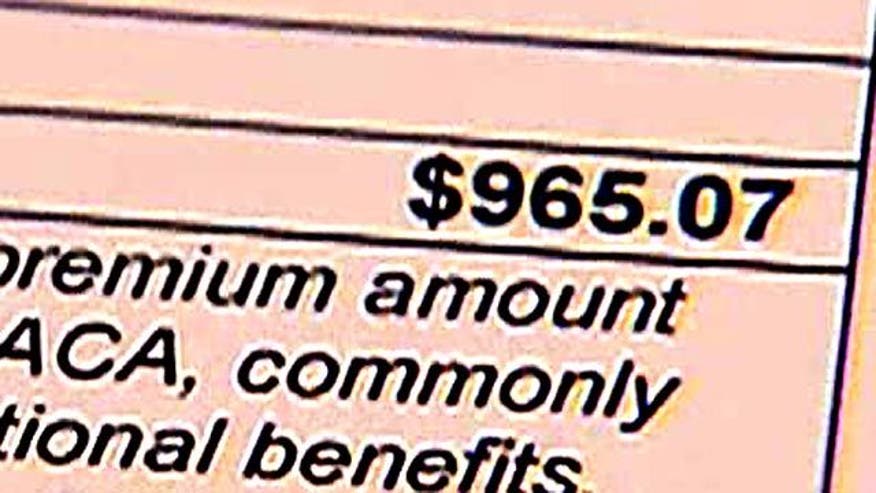Sweeping differences in health care exchange pricing among states and counties is leading to sticker shock for some middle-class consumers and others who aren't eligible for subsidies under the Affordable Care Act.
The average prices for the most popular plans are twice as high in the most expensive states as those with the lowest average prices, according to a USA TODAY analysis of data for 34 states using the federal health insurance exchange.
PPOs, the most popular type of health care plan, carry monthly premiums that range from an average of $819 a month in the most expensive state to $437 in the least expensive. Plans on the federal and state exchanges are grouped into four categories that cover 60% to 90% of out-of-pocket costs. USA TODAY looked at the pricing of PPOs and HMOs across these bronze, silver, gold and platinum categories.
The premiums for bronze-level plans are generally the least expensive, but "the deductibles are simply not affordable," says Laura Stack, a former financial analyst looking for full-time work and using her 401k to pay for health insurance. "Many will not be able to afford the per person deductibles before insurance begins to pay. What are you really paying for?"
About 4.4 million people in the individual insurance market are not eligible for the subsidies and tax credits that can help cover premiums and out-of-pocket costs, including deductibles.


No comments:
Post a Comment